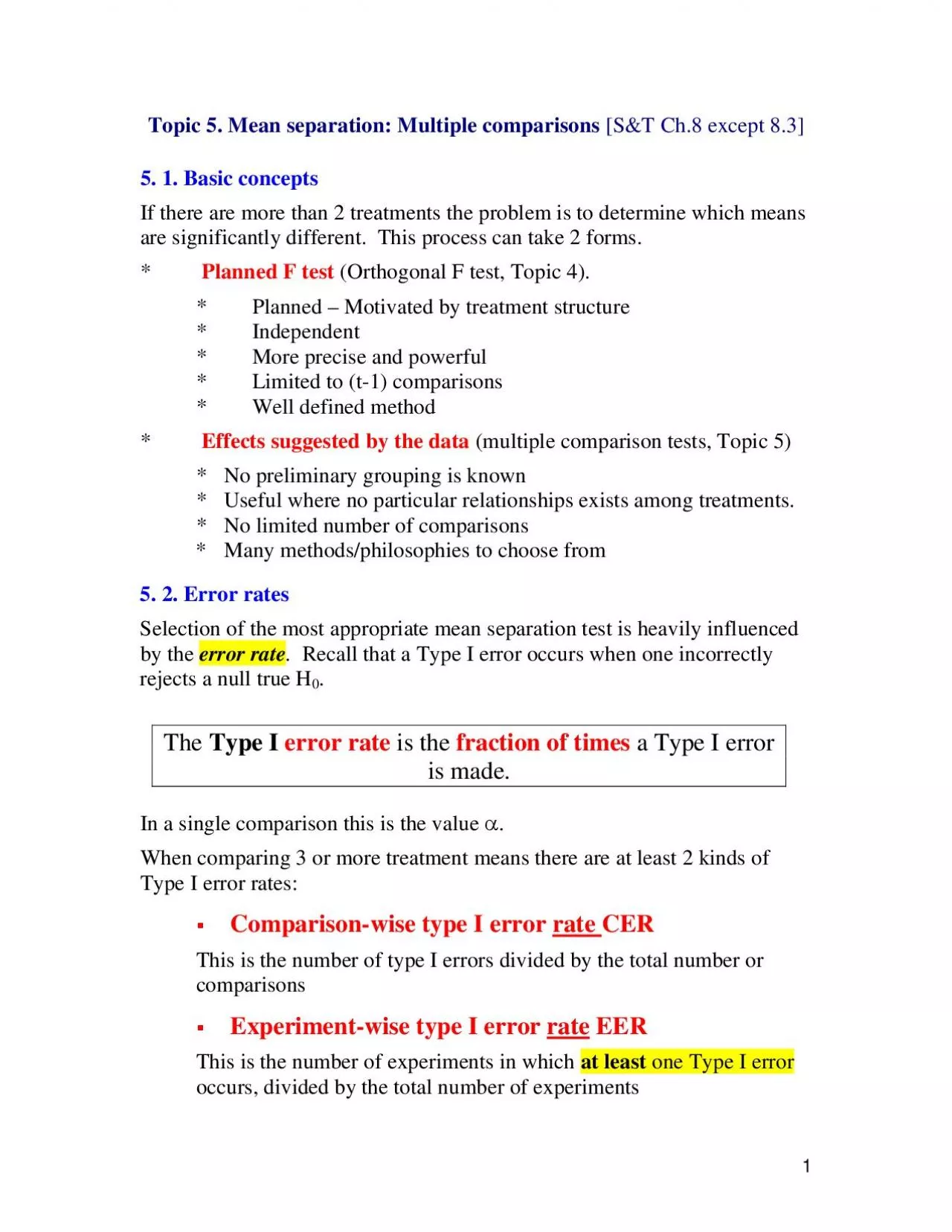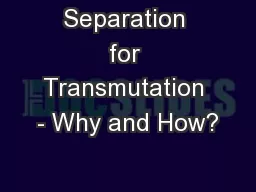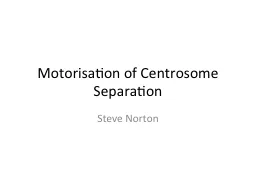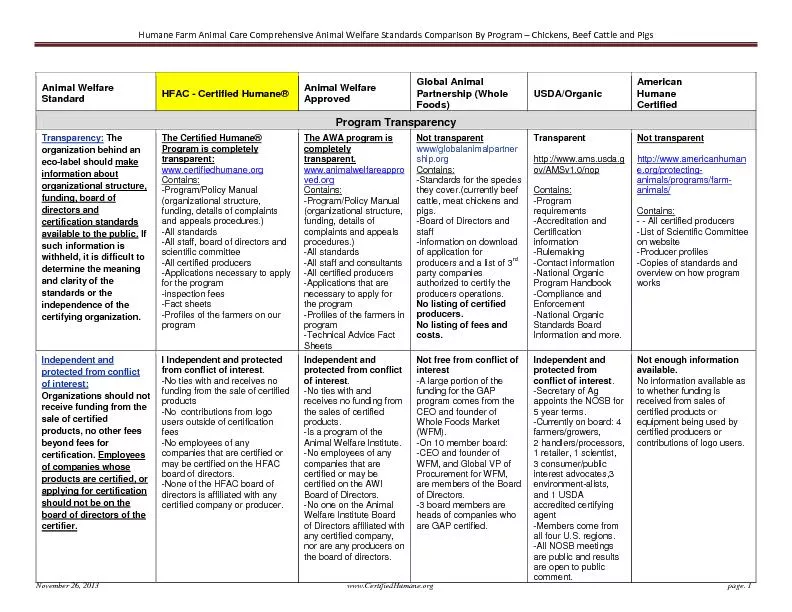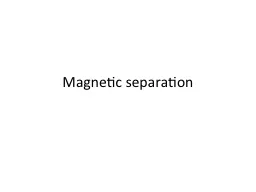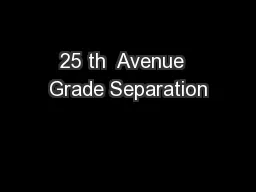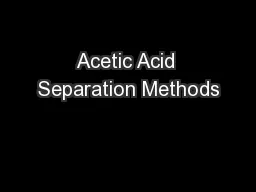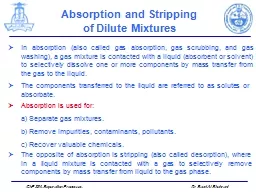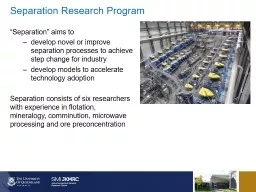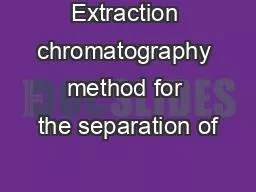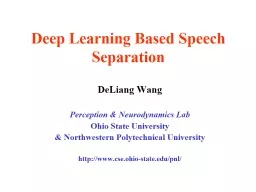PDF-Topic 5 Mean separation Multiple comparisonsration Multiple compari
Author : heavin | Published Date : 2022-09-08
rejects a null true HType I a Type I error is made In a single comparison this is the value When comparing 3 or more treatment means there are at least 2 kinds of
Presentation Embed Code
Download Presentation
Download Presentation The PPT/PDF document "Topic 5 Mean separation Multiple compari..." is the property of its rightful owner. Permission is granted to download and print the materials on this website for personal, non-commercial use only, and to display it on your personal computer provided you do not modify the materials and that you retain all copyright notices contained in the materials. By downloading content from our website, you accept the terms of this agreement.
Topic 5 Mean separation Multiple comparisonsration Multiple compari: Transcript
Download Rules Of Document
"Topic 5 Mean separation Multiple comparisonsration Multiple compari"The content belongs to its owner. You may download and print it for personal use, without modification, and keep all copyright notices. By downloading, you agree to these terms.
Related Documents

